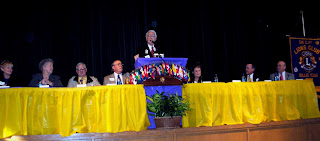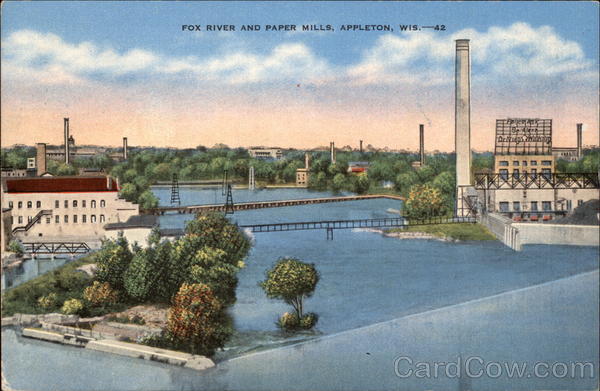Howdy key lovers!
Today’s key is a special treat, especially for all you
history-lovers! It is the key to the
main gate of Wilanow Palace, which lies five miles south of Warsaw, Poland. The key, donated to the Baldpate by Ms.
Sophia Zaleski Hinkle in 1937, opens the gates to an enormous baroque-style structure
almost sitting on thousands of square feet of beautiful gardens. But before we can understand the significance
of today’s key, we must dive into a bit of Poland’s history.
 |
| Key donated by Sophia Zaleski Hinkle. |
During the 14th, 15th, and 16th
centuries, Poland became an extremely prosperous nation under the rule of the
Jagiellonian dynasty. There were massive
amounts of territorial expansion during this time, and the country underwent a
cultural renaissance. In 1569, a
groundbreaking union between Poland and Lithuania, known as the
Polish-Lithuanian Commonwealth, was established. The new government successfully formed a
political system rooted in democracy and the country thrived. This time period in Polish history became known
as the Golden Age.
Now, fast forward 100 years to 1669. Poland is involved in the catastrophic
Swedish Wars and has recently been involved in a long series of other disastrous
wars. The capital city of Warsaw has
been captured and about 80% of its population has been killed. King John III Solieski is creating plans to
build himself a palace, but in the wake of the political and financial turmoil
that has taken place during the past 50 years, he intends to construct a small
residence. However, in 1683, the Polish
army, led by King John III, crushes the Turkish army at Vienna and saves the
city from the expansion of the Ottoman Empire.
This victory for Poland marks the beginning of a short return to the
Golden Age. The political and financial
status of Poland is much improved from the mid-17th century, so King
John III decides to upgrade the construction of his new residence to a much larger
palace that embodies the ornate, expensive fashion of the Golden Age. This fantastic palace, to which we have the
key, represents the Polish nation’s celebration of victory, but more
importantly, it is a symbol of hope for the nation’s people, who dream about
the return of brighter days.
 |
| Wilanow Palace |
After the death of King John III, the palace was inherited
by his sons before being passed through the hands of many different owners. After the short-lived sequel to the Golden
Age in the late 1600s, the palace had a front row seat for the destruction
caused by many wars and revolts in Poland.
Eventually it landed in the hands of Stanislaw Potocki, who restored it to
its former glory and opened one of the first museums in Poland inside the
building.
 |
| Wilanow Palace from the royal gardens. |
Today, the Palace of Wilanow is reminiscent of a bygone age
in Poland. It represents a time of
prosperity, victory, and success for the nation. The artwork and décor that garnish the
building are invaluable, and the detailed architecture is breathtaking. As of 1937, when the key to the front gate of
the palace was donated to the Baldpate, the property was owned by Count Bronicki,
but today it is a state-owned museum. If
you find yourself in Poland, a visit to this exquisite palace is a must, and
make sure you drop by the Baldpate Key Room to see the magnificent key that
opens the gates to the Golden Age!
Blog written by:
Alicia Byers
Museum Curator, The Baldpate Inn
References:









































